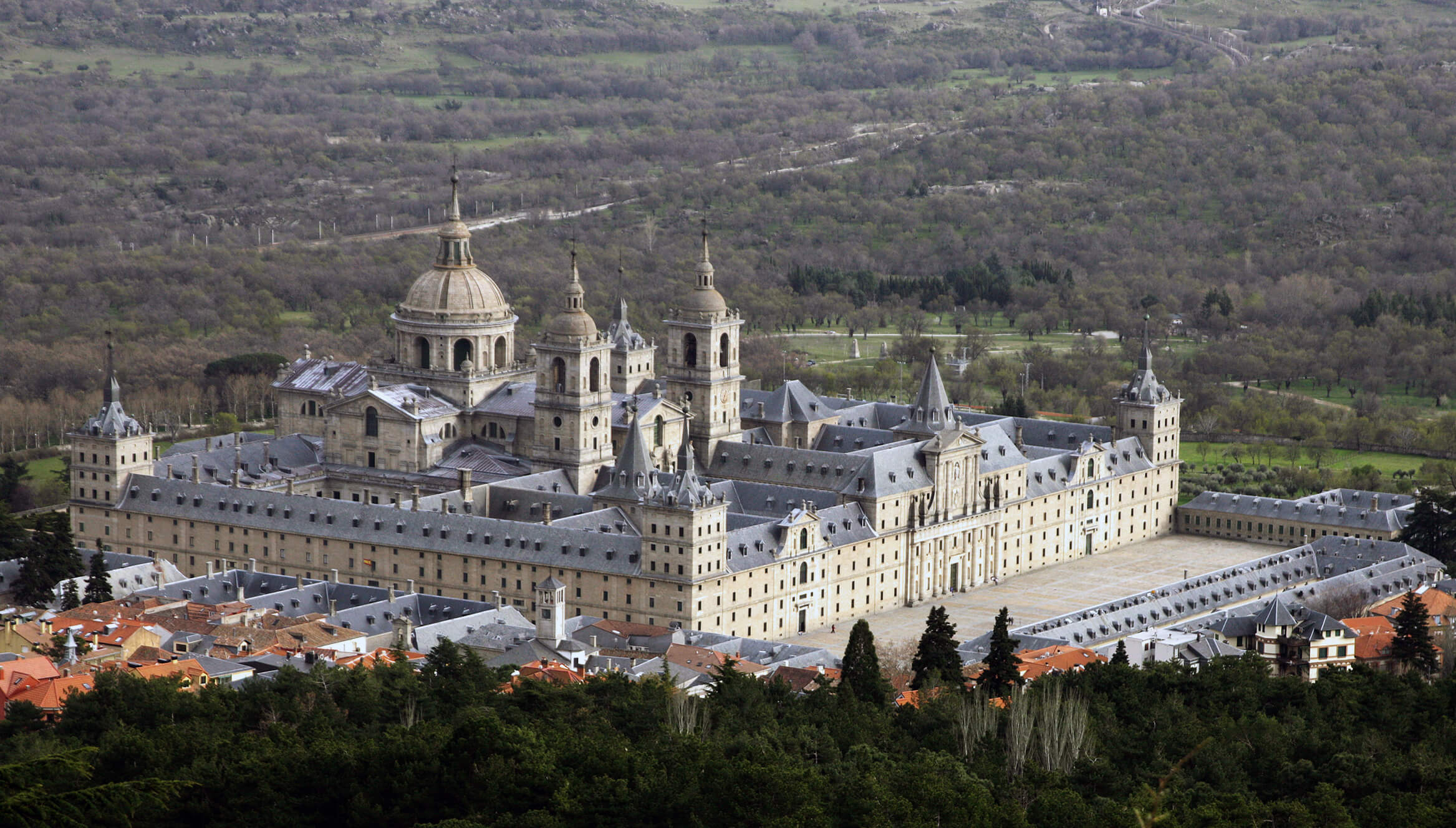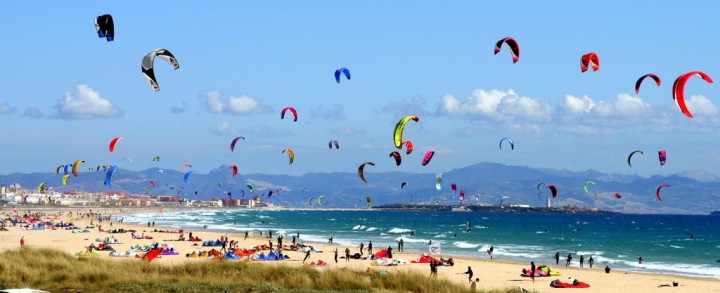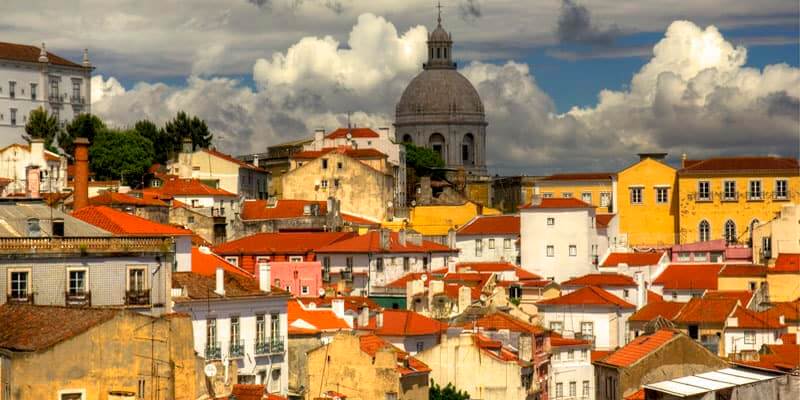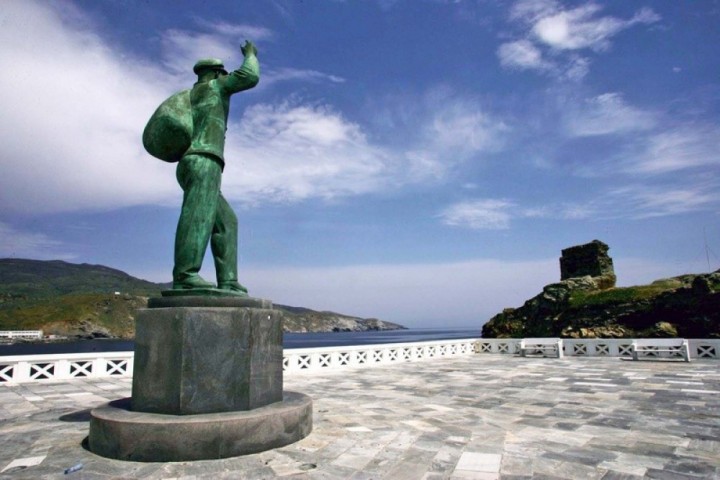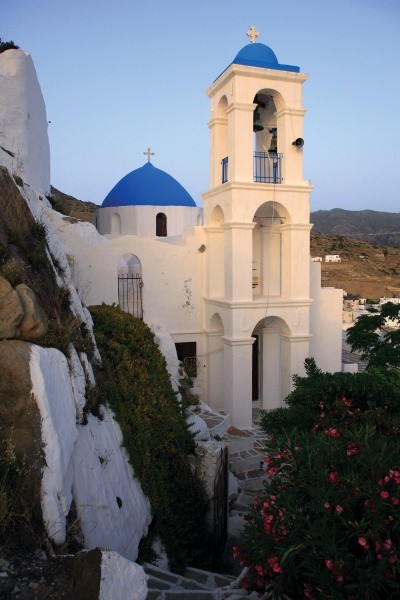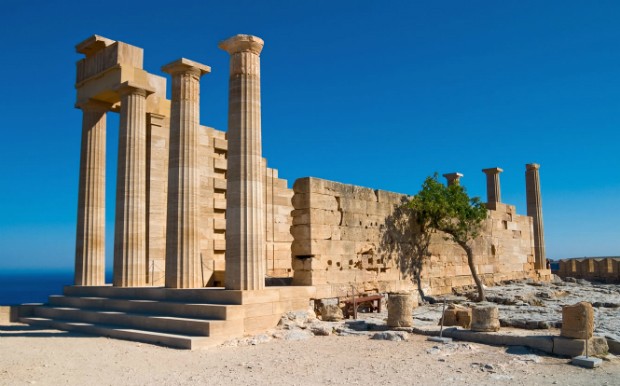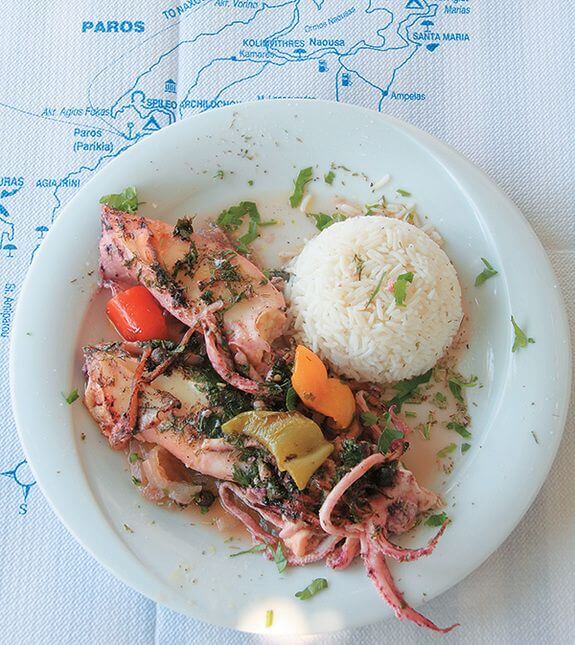The city was originally a settlement founded by the Arabs in the 9th century. With the conquest of Madrid by the Catholic kings, Isabella and Ferdinand, Spanish rule was consolidated and the Arabs were ousted from the country. The city wasn’t always the capital, however, gradually, the kings transferred all power from the other cities of Spain, Toledo, Zaragoza and Seville to Madrid, making it the centre of the state! If you’ve already booked your trip there, we would like to remind you that Madrid is a big city, and, as all the metropolises of the world, its everyday rhythms of life are quite intense. However, many shops, notably those situated in the local neighborhoods, follow the Spanish siesta schedule. That is, they are closed between 14.00-17.00 pm. Also, don’t be surprised if some restaurants are closed after 16.00 pm and you’ll see them reopening for dinner at 20.00 pm! Make sure to check their opening hours before you visit them! Whatsmore, don’t forget to check the free hours of the Museums. Two of the most important and famous Museums, Reina Sofia and Prado Museum, have their “free hours” during the week, which means practically that your visit is for free! You can check those “free hours” on the internet and organise your visit in advance. Finally, we recommend you to avoid eating or drinking in tourist areas, such as Plaza Mayor. The latter is undoubtedly a great public square, with beautiful balconies and impressive buildings but the cafes and the restaurants there are quite touristy and the food is not appropriate! Instead, we suggest visiting Plaza Santa Ana, where you can sit in one of the interesting cafes that locals also prefer.

